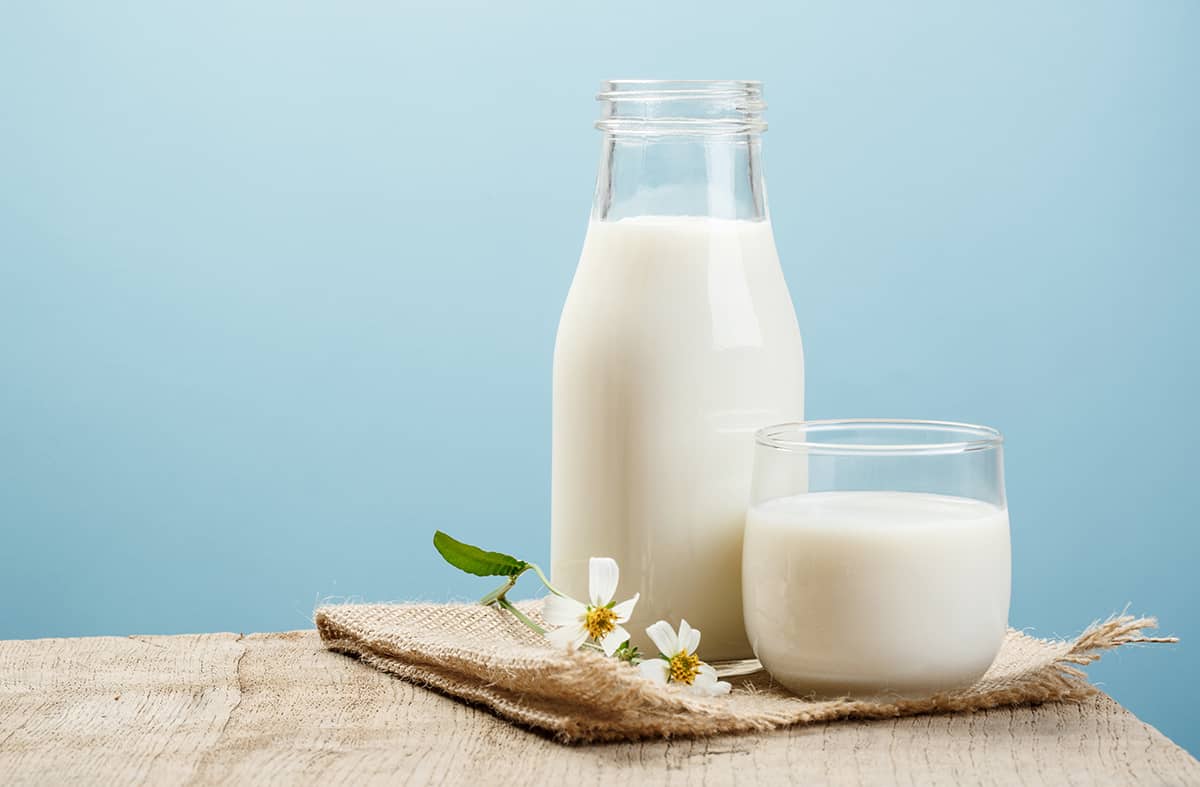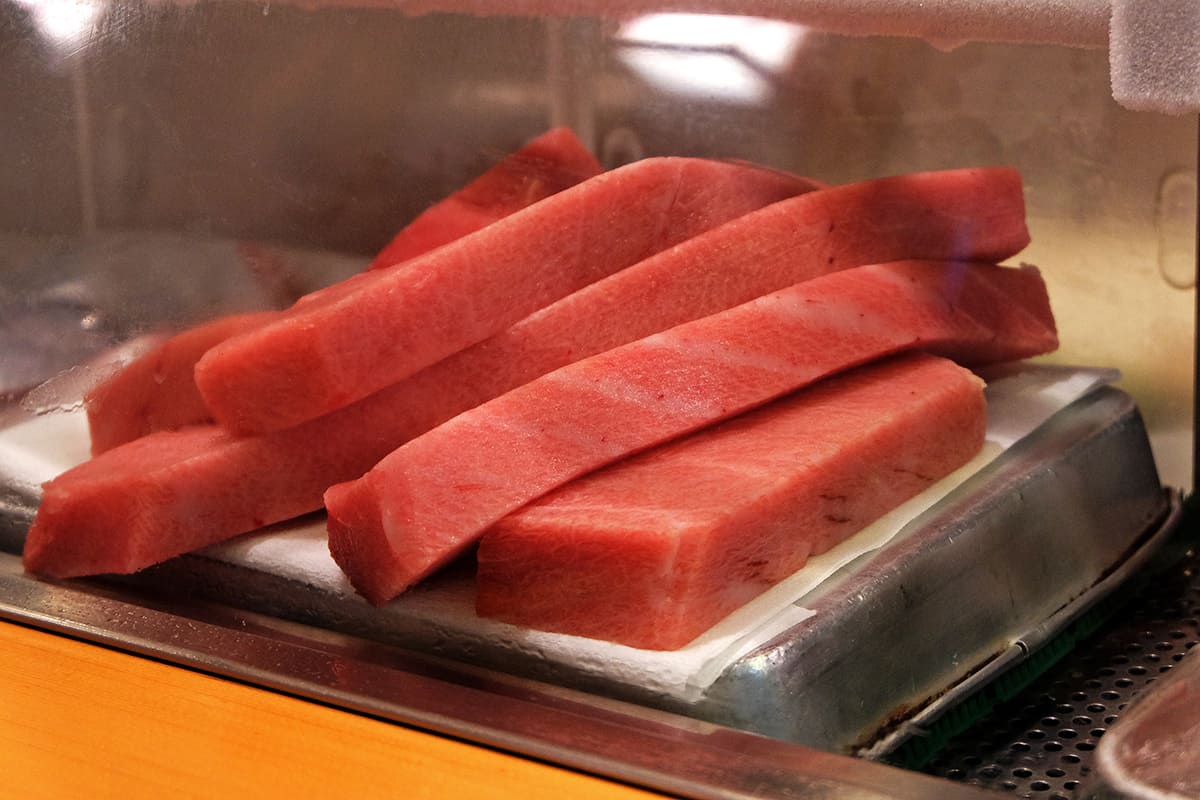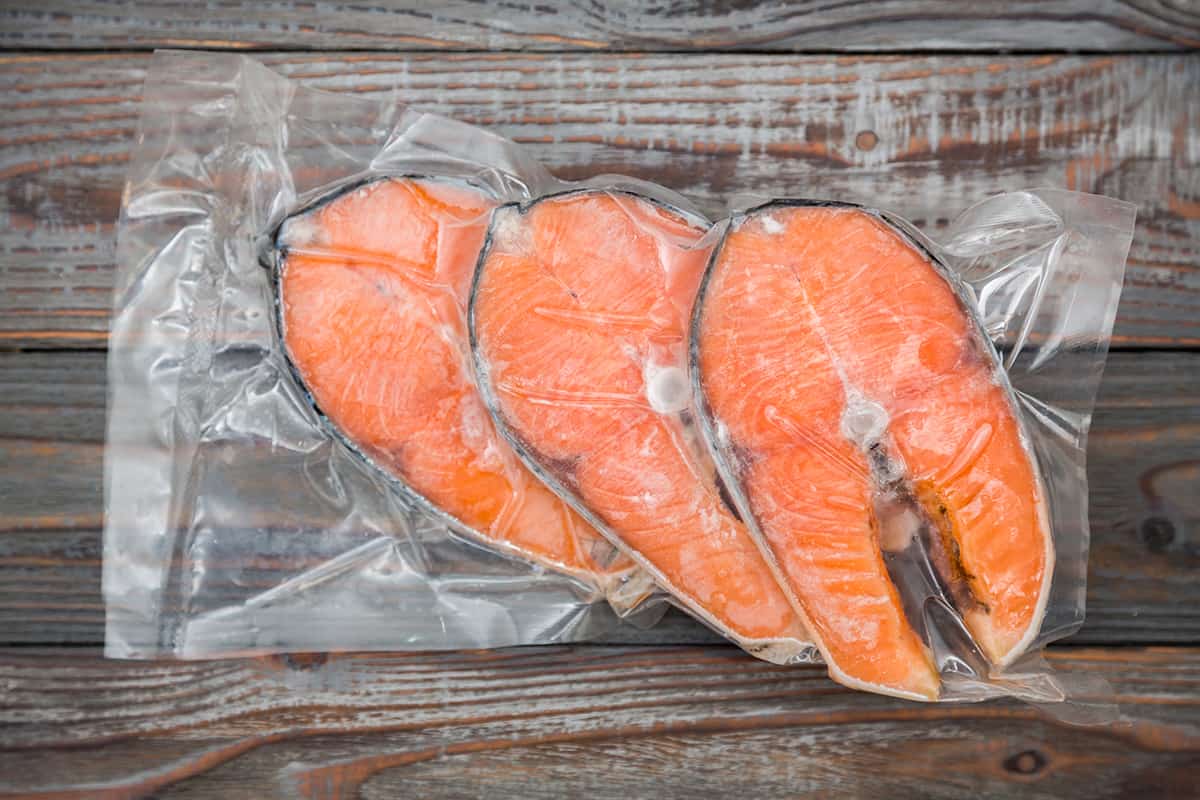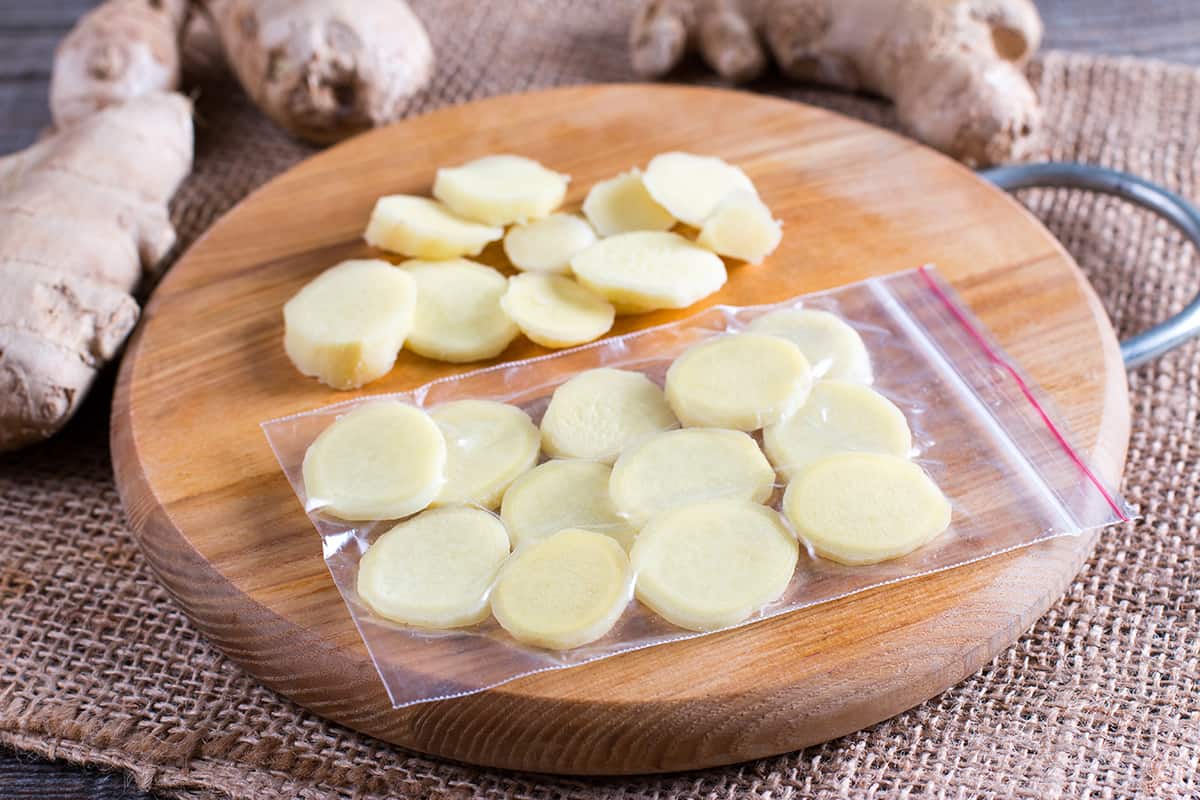Fresh milk doesn’t have a very long use-by date, so if you don’t expect to have used your whole container during this time, then you can freeze milk to preserve it.
Milk for cereal or coffee will need to be defrosted before you can use it, and this can be done either in the refrigerator or by using the cold water method. Avoid defrosting milk in the microwave or at room temperature because this can lead to bacterial growth.
Here we look at the best ways to defrost milk and how to make use of frozen milk.
How Long Does Milk Last in the Freezer?
Milk that has been frozen can be stored in the freezer for up to 3 months. It will still be safe to drink beyond this point, but the taste and texture can start to deteriorate. Freezing milk stops the bacterial growth and chemical reactions which occur naturally in fresh milk, therefore preventing it from going off.
You can freeze milk in the container it was purchased in, or you can decant it into smaller portions. This is useful if you are halfway through a bottle of milk and are about to go on vacation- pour your remaining milk into a ziploc bag and freeze it so that you have some milk ready to defrost and use upon your return.
You can also buy milk in bulk-sized containers and freeze some of it in smaller bottles in the freezer, to save you from having to go to the store frequently. If a storm is predicted, it’s a good idea to freeze some milk so that you have a good supply of basics in the event that you can’t get to a grocery store.
How to Defrost Milk?
Milk should be defrosted in one of two ways. These are in the refrigerator or in cold water.
Refrigerator defrost
The easiest and safest way to defrost milk is by putting it in the refrigerator. You can simply transfer your frozen milk from the freezer straight to the refrigerator and wait for it to thaw. The main problem with this method is that it can take quite a long time, which isn’t ideal if you want your cup of tea or bowl of cereal right away.
Typically you can expect milk to take between 12 and 24 hours to defrost in the refrigerator. If you have noticed that you are running low on fresh milk, you just need to remember to take your frozen milk out of the freezer and put it in the refrigerator. This should time things nicely so that your frozen milk is defrosted and ready to use, just as your fresh milk has run out.
Cold water defrost
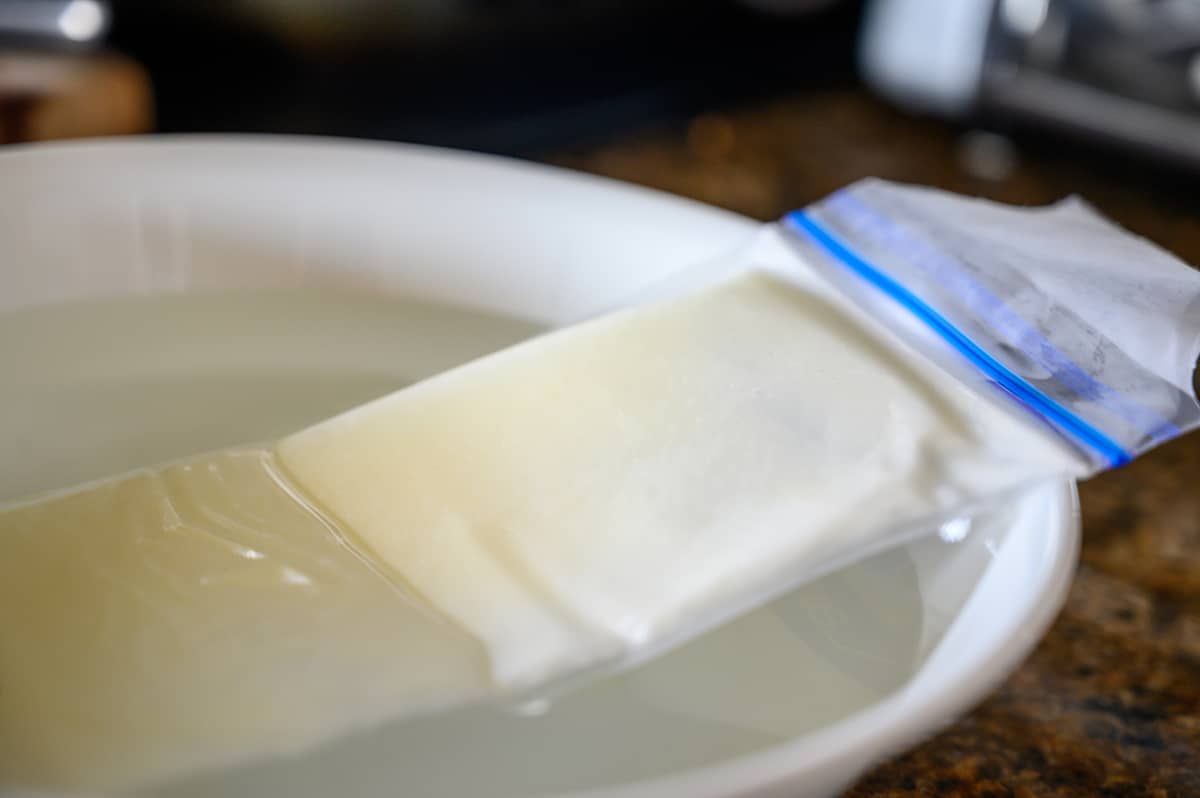
If you need to defrost your milk more quickly, then you can do so using the cold water method. To do this, fill a sink full of cold water and submerge your milk container beneath the water. This method works best for milk that has been stored in plastic or glass, such as a plastic bottle or ziploc bag.
It can also work for milk in a cardboard container, but take care to ensure the cardboard doesn’t deteriorate in the water because this will leave you with quite a mess on your hands if the cardboard allows milk to seep out. When defrosting milk in cold water, you will need to change the cold water every 30 minutes, to try to keep it at a fairly consistent temperature.
This makes using the cold water defrost method quite laborious, so it isn’t ideal for people who are too busy to tend to the milk during thawing. You will know that the milk has thawed when it has resumed its liquid quality. Once entirely defrosted, move the milk to the refrigerator to be kept throughout its use as usual.
Can Milk be Used from Frozen?
If you don’t need your milk in its liquid state, then you can actually use it from frozen, which eliminates the need to defrost it. If you use milk in your smoothies or in cooking sauces, then making a small portion of frozen milk to use straight out of the freezer is a great kitchen hack.
This ensures that you always have milk on hand that won’t go out of date quickly, and it can also help to keep your recipes cool, in the case of cold smoothies or iced coffee. To make frozen portions, pour your milk into ice cube trays and freeze it like regular ice. These can then be added right into your smoothie cup before you blend them or into sauces as they are cooking.
You can also use milk ice cubes in cups of tea or coffee because the heat of the hot drink will quickly melt the milk down so that it can be blended in, and the cold temperature will cool the hot drink down so you can consume it right away.
Can Milk be Defrosted at Room Temperature?
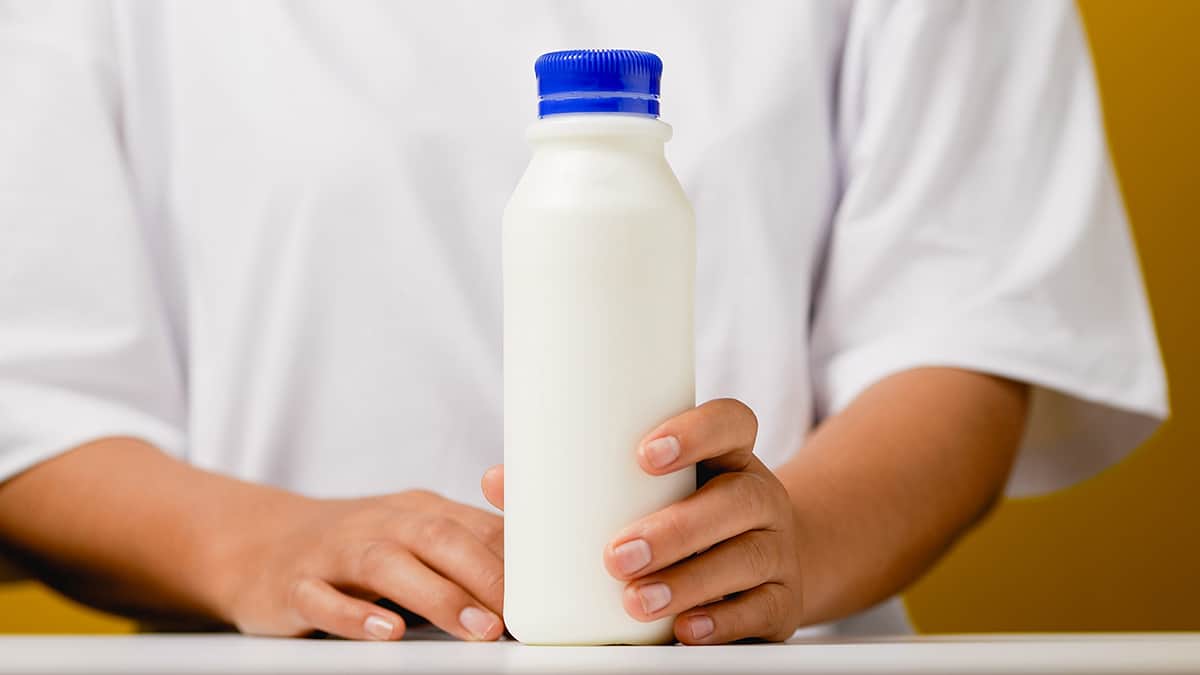
Milk should not be defrosted on the countertop because it can reach a temperature at which bacteria will quickly multiply, making it unsafe to consume. Defrosting milk in the microwave is also not recommended because this can destroy the nutrient content of the milk and also encourage harmful microbial growth.
Best Way to Defrost Milk
The best way to defrost milk is in the refrigerator because it allows the temperature of the milk to gradually rise to a safe level, while preventing it from getting warm enough that bacteria can thrive. If you don’t have enough time to wait for milk to defrost in the refrigerator, the cold water method is also widely accepted as a good way to defrost milk.
What Types of Milk Can be Frozen?
Cows milk
Cows’ milk freezes well, but skimmed or semi-skimmed varieties are better options because they hold together best when defrosted. Whole milk is more likely to separate due to the higher fat content. It will still be safe to drink when thawed, but it may not look particularly pleasant.
Soya milk
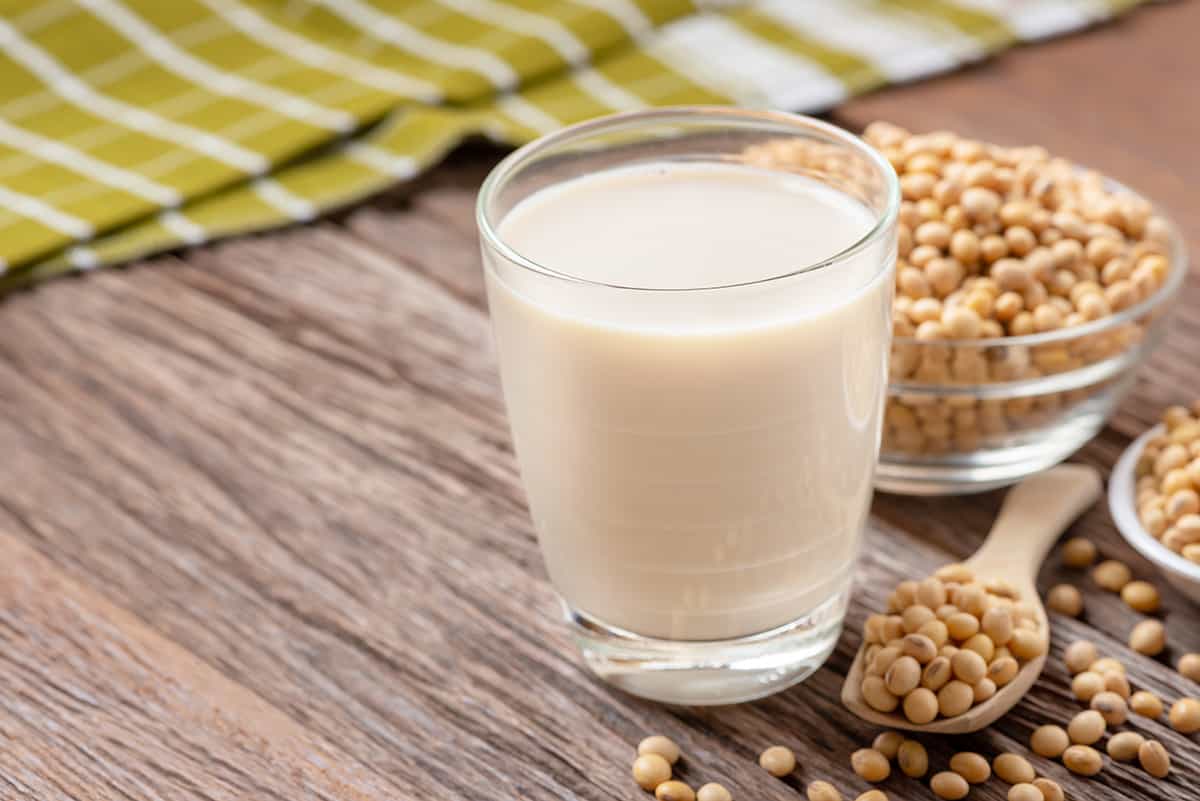
Soya milk doesn’t freeze well. It breaks down when frozen and will separate upon thawing. However, soya milk is great for use in its frozen state, for example, when added to smoothies.
Formula milk
Formula milk for babies is not recommended for freezing because it hasn’t been tested under these conditions by the manufacturers, although some parents claim success when making ice lollies out of formula for teething babies.
Breast milk
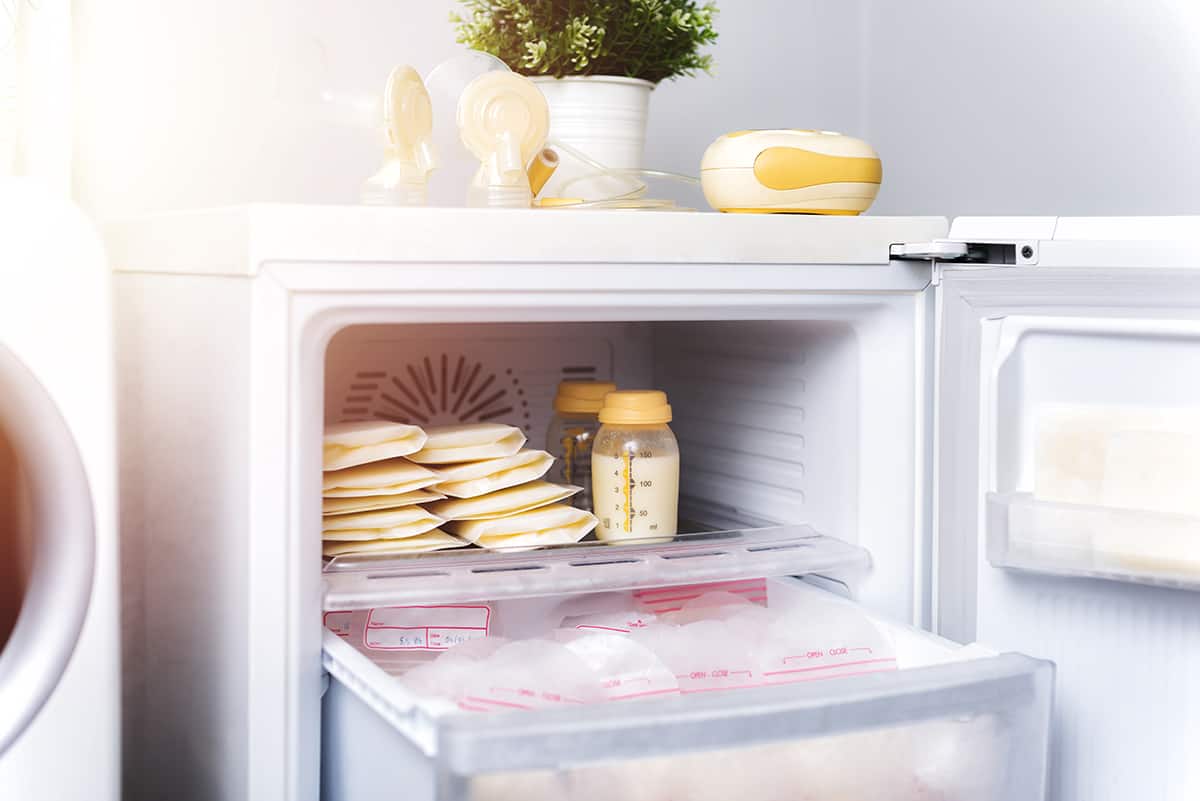
Breast milk freezes really well and can be stored in the freezer for up to 6 months. You can stock up on breast milk by freezing it, then when you’re ready to use it, defrost in the refrigerator overnight and use it right away.
Oat milk
Oat milk can be frozen, but its texture will be grainy when thawed. It is best used in its frozen form when added to milkshakes or smoothies and can also be good for cooking rather than drinking.
Coconut milk
Like other plant-based milk, coconut milk can be frozen but tends to separate or become grainy when defrosted. It works well in cooking, for example, when added to curry sauces.
